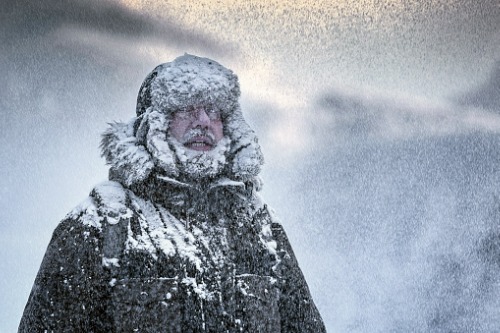

Global catastrophe losses hit an estimated US$42 billion in the first half of 2021, according to a new report from Swiss Re Institute.
Natural catastrophe losses hit US$40 billion in the first half, driven by a deep winter freeze, hailstorms and wildfires. That’s above the previous 10-year average of US$33 billion and the second-highest level on record for a first half after 2011, when earthquakes in Japan and New Zealand pushed the total to US$104 billion.
Man-made disasters accounted for an estimated US$2 billion in insured losses in the first half. That’s lower than average, likely reflecting COVID-19 restrictions, Swiss Re Institute said.
“The effects of climate change are manifesting in warmer temperatures, rising sea levels, more erratic rainfall patterns and greater weather extremes,” said Martin Bertogg, head of cat perils at Swiss Re. “Taken together with rapid urban development and accumulation of wealth in disaster-prone areas, secondary perils, such as winter storms, hail, floods or wildfires, lead to even higher catastrophe losses.
“The experience so far in 2021 underscores the growing risks of these perils, exposing ever-larger communities to extreme climate events. For example, winter storm Uri reached the loss magnitude that peak perils like hurricanes can wreak. The insurance industry needs to upscale its risk assessment capabilities for these lesser monitored perils to maintain and expand its contribution to financial resilience.”
The report estimated global economic losses from disasters at US$77 billion for the first half. That’s below the 10-year average of US$108 billion. However, the economic loss figure is expected to rise as more losses are accounted for over the next few months. The first half of the year is also not usually representative of the full-year figures, as the third quarter is historically the most prone to natural catastrophe losses.
Of the total estimated economic losses in the first half, US$74 billion were caused by natural catastrophes, while man-made catastrophes accounted for US$3 billion. Nearly 4,500 people were killed or went missing in disaster events in the first half, Swiss Re Institute reported.
Natural catastrophe losses were pushed up by extreme weather events. In February, winter storm Uri – a period of extreme cold combined with heavy snowfall and ice accumulation in the US – triggered estimated insured losses of US$15 billion, the highest ever recorded in the US for this peril. Winter storm Uri accounted for about 38% of all estimated insured losses from natural catastrophes in the first half.
In June, Europe was hit by severe weather including thunderstorms, hail and tornadoes, causing estimated insured losses of US$4.5 billion.
At the end of June, extreme heat broke temperature records in western Canada and the northwestern US, with temperatures reaching more than 115 degrees. The heat, coupled with severe drought conditions, sparked wildfires that moved south to California.
“Climate change is one of the biggest risks facing society and the global economy,” said Jérôme Jean Haegeli, group chief economist at Swiss Re. “The recent analysis from the UN’s Intergovernmental Panel on Climate Change confirms expectations of more extreme weather in the future and urgency to act to limit global warming. Working with the public sector, the reinsurance industry plays a key role in helping to strengthen communities’ resilience by steering development away from high-risk areas, making adaptation investments, maintaining insurability of assets and narrowing protection gaps.”
